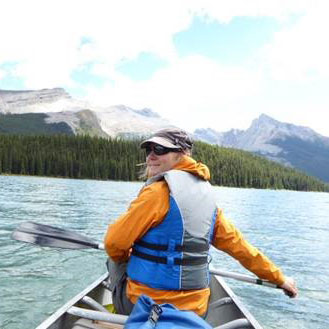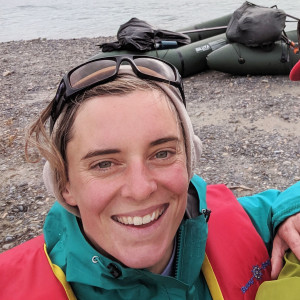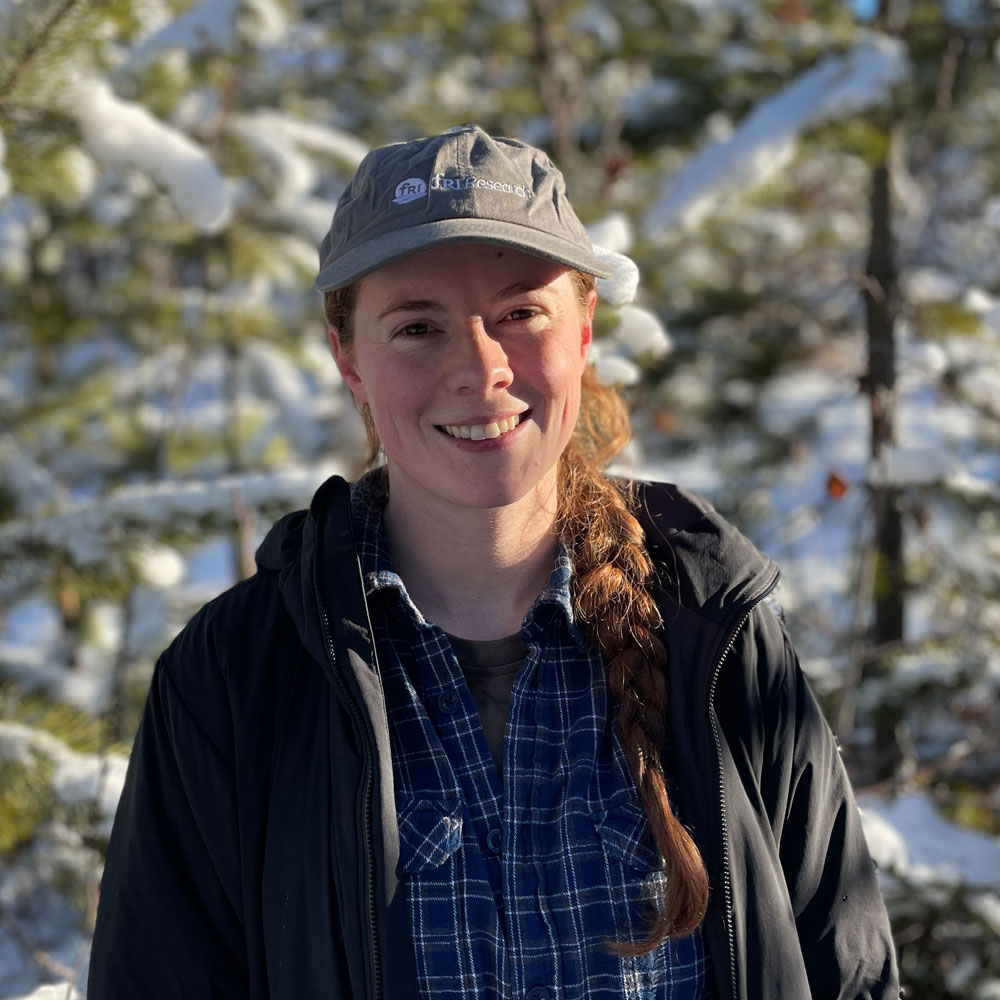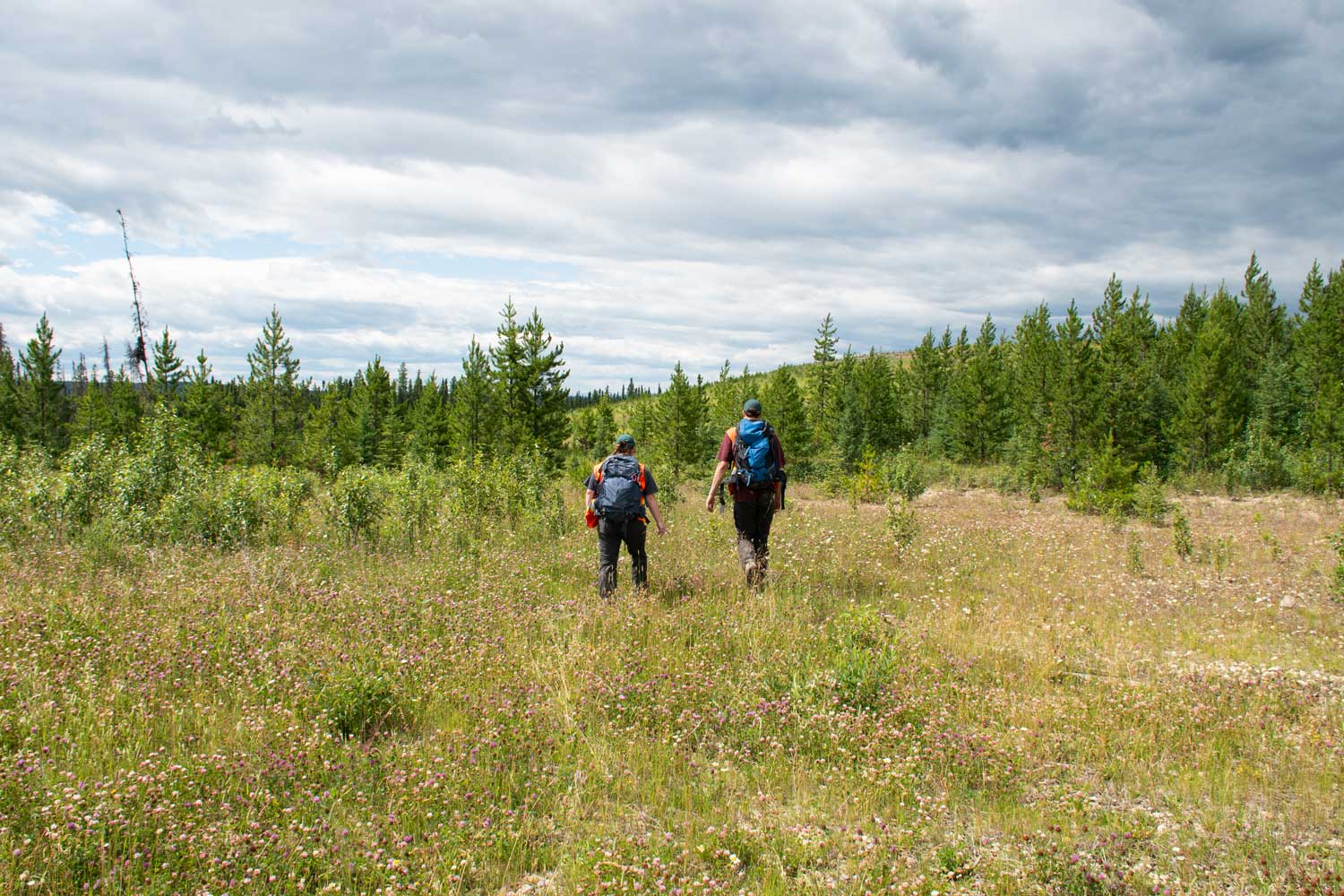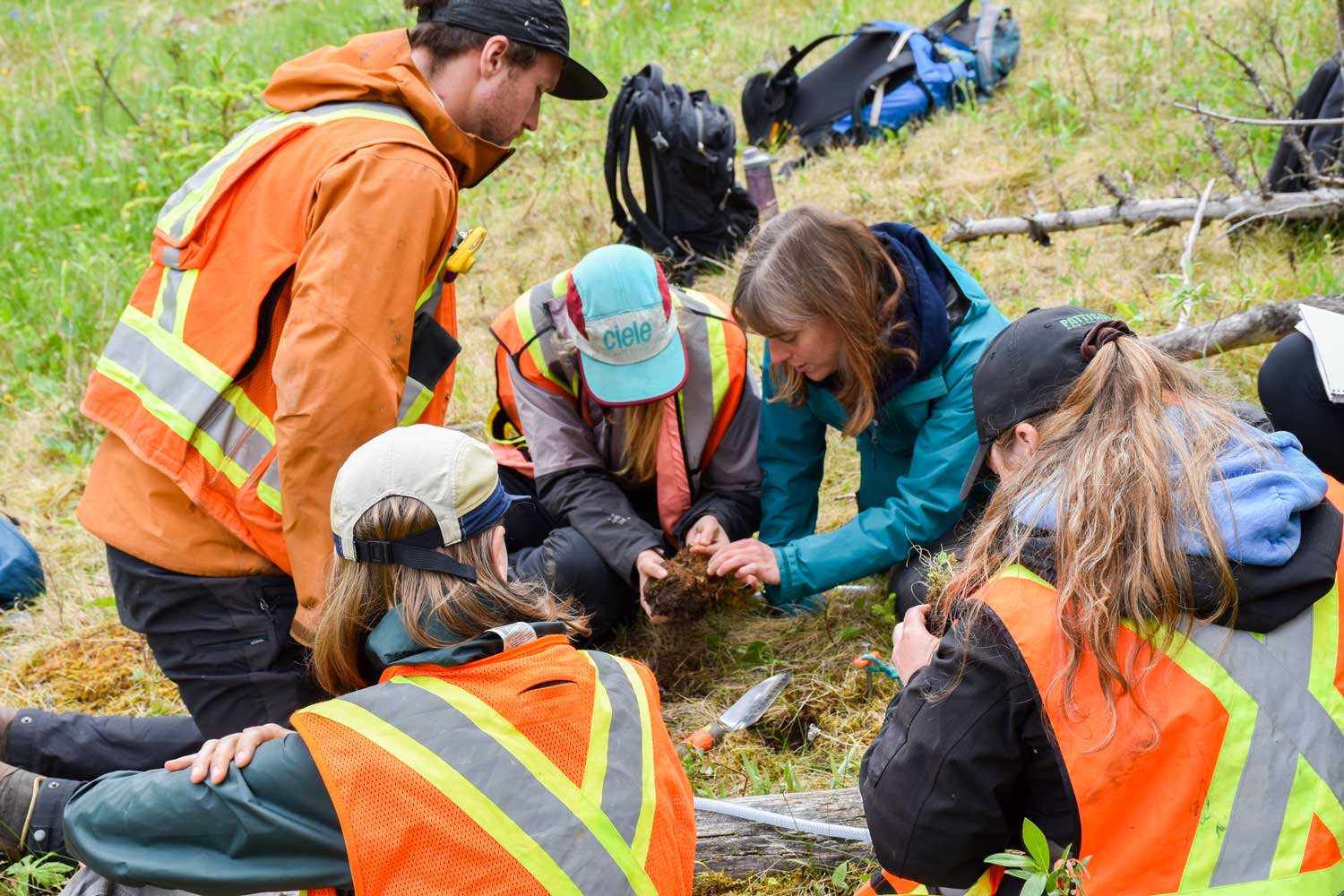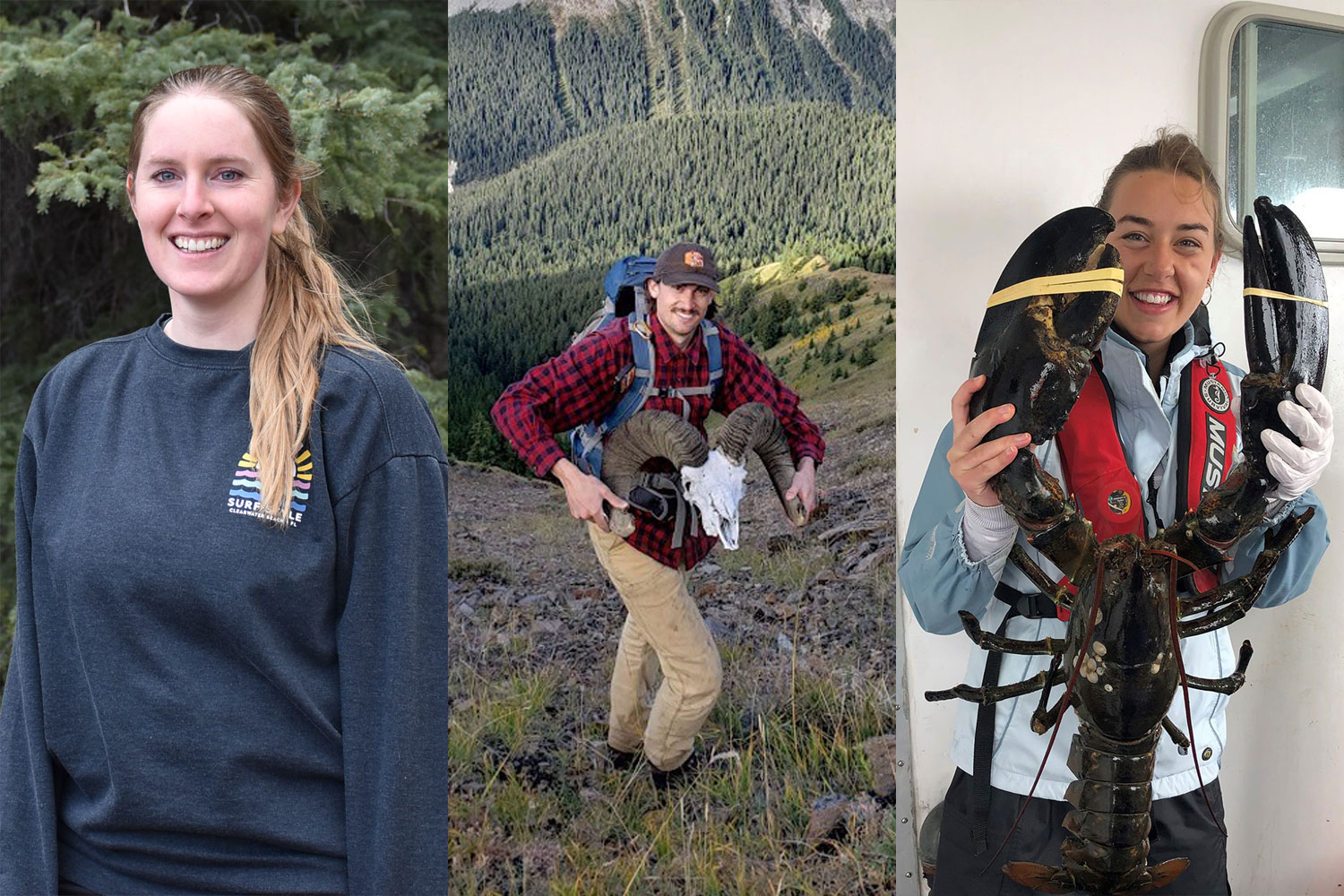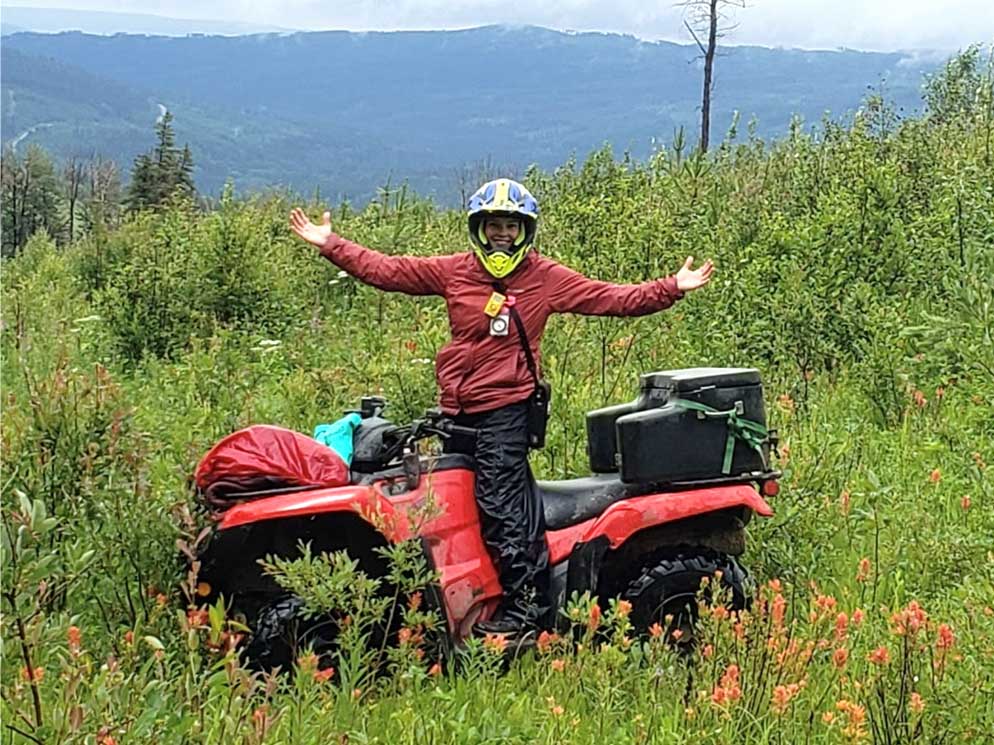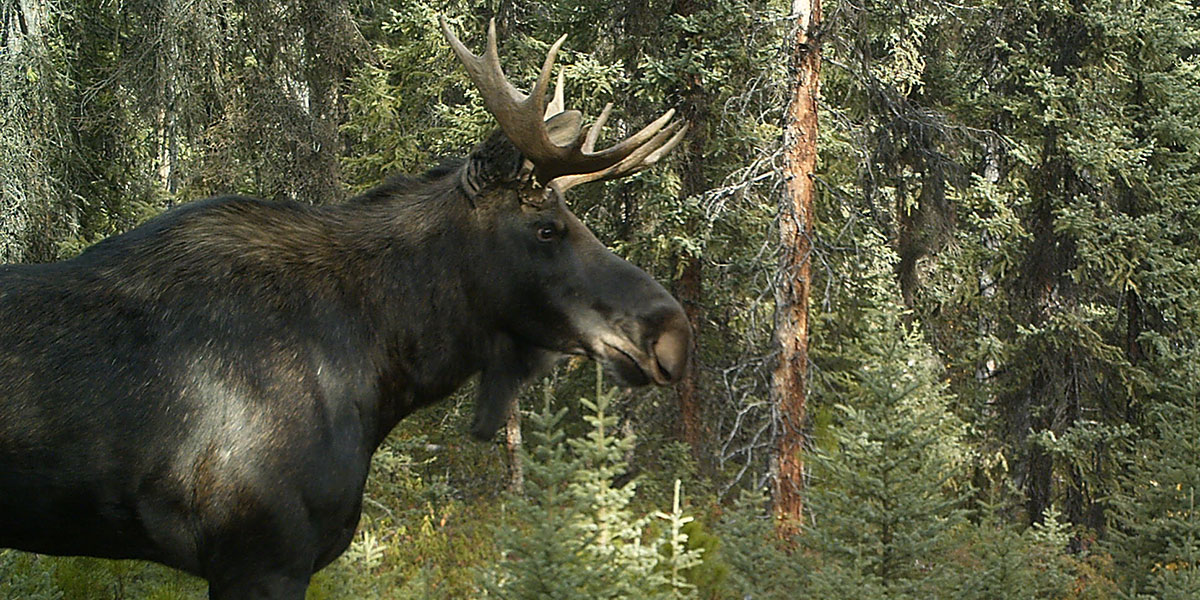
Using camera traps to estimate density and population composition of deer, moose, and elk
Aerial surveys are the primary method to assess ungulate population size, demographics, and trends in Alberta. These estimates are used to set hunting license allocations and determine priority areas for recovery actions. However, it can be difficult to obtain accurate population estimates and demographics for some ungulates using aerial survey methods in forested habitat do to poor sightability.
Camera trapping is a noninvasive and relatively inexpensive method of monitoring wildlife, and recent advances in analysis methods have eliminated many of the issues facing early attempts at estimating population densities. However, camera survey methods need refinement to be an informative and cost-effective alternative to aerial surveys, particularly regarding the number of cameras required for accurate population estimates.
Objectives
We will install camera traps to evaluate a range of spatial scales and camera numbers to determine an appropriate number of cameras. This approach will allow us to determine:
- whether camera trapping is a feasible method of estimating ungulate densities in forested habitat in west-central Alberta
- a sampling design and statistical approach that is both cost-effective and accurate for estimating ungulate densities
This project will develop an innovative method for future ungulate inventories. Results from this project will also be used to estimate densities of moose, deer, and elk, in west-central Alberta – valuable information for landscape management that will inform conservation efforts for caribou.
Methods
In the summer of 2023, we will install camera traps in a grid format in west-central Alberta. Cameras will remain in place for one year but will be checked approximately 6 months after deployment. Cameras will be configured so as to be capable of multiple approaches to estimate densities from unmarked individuals.
Crew hired, protocol developed, cameras begin to be installed
All trail cameras programed and deployed.
All data collected and batteries replaced for the winter
All cameras visited to replace batteries and SD cards; sites for the 5km grid of cameras taken down
Remaining cameras brought back; photo classification begins

